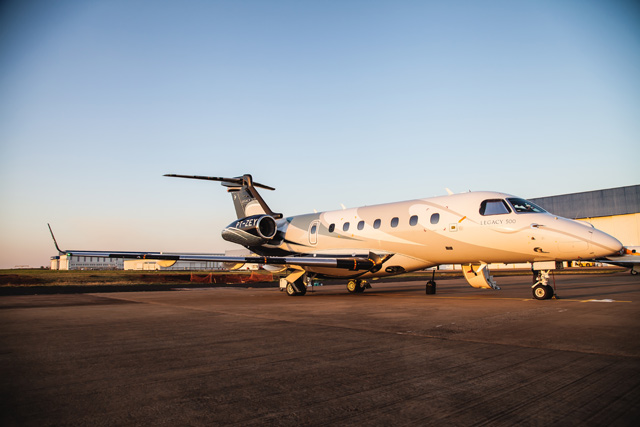The top half of the business jet market could return to its 2008 delivery peak by 2021, while the smaller-cabin segment will have to wait at least another five years to reach pre-financial crisis levels, according to the latest 10-year industry forecast by Teal Group.
“It has been nearly 10 years since the Great Recession triggered a serious business jet downturn,” says Teal vice-president, analysis Richard Aboulafia, the report's author. “Since then, the market has seen a strange and unpleasant mix of false recovery starts, modest gains, and serious anomalies.”
He points to a number of positive signs in 2017, such as increased utilisation and a shrinking used aircraft inventory. But with pricing trends and sales figures still weak, Aboulafia believes, “it’s too soon to say whether the industry is on the cusp of a recovery, or just seeing green shoots that are about to wither”.
Teal forecasts deliveries of 11,434 business aircraft with a value of $272 billion between 2017 and 2026. This includes: 8,253 traditional business jets, valued at $236.3 billion; 213 VIP airliners, worth $18.3 billion; and 2,968 turboprops, with a combined value of $17.5 billion. For comparison, 11,247 business aircraft worth $260 billion were delivered over the past 10 years, Teal notes, including 7,800 business jets, 447 VIP airliners and 3,000 turboprops.

Embraer
“Right now, given macroeconomic and geopolitical uncertainty, we think it’s best to maintain a very conservative outlook,” says Aboulafia. The forecast predicts a 2.3% fall in business aircraft shipments this year and "modest" single-digit growth up to the end of 2019. This will be followed by a faster – but still historically modest – growth rate in the next decade.
While recovery at the top end of the business jet market – defined by Teal as aircraft costing more than $26 million – is expected by 2021, the lower half of the sector – aircraft priced between $4 million and $26 million – will take much longer to return to pre-economic crisis levels, due to continued weak demand for these types, the report says.
Bombardier and Gulfstream are predicted to lead the charge in the traditional business jet sector over the forecast period, the report says, representing 28.3% and 31.5% of aircraft deliveries by value, respectively. Dassault, in third place, will have a 17.4% share of the sector’s billings, followed by Cessna with 14% and Embraer with 6.6%. Aboulafia says the Brazilian airframer’s share marks “a very significant [four percentage point] increase over the past decade”, when it formally entered the business jet sector and expanded its product line-up from one to six models.
The light business jet offerings from Honda Aircraft, One Aviation and Pilatus will represent 2.4% of the sector’s shipment value over the forecast period, Aboulafia says.
Source: Flight International



















